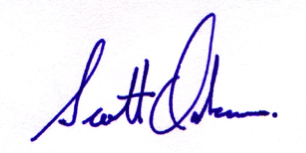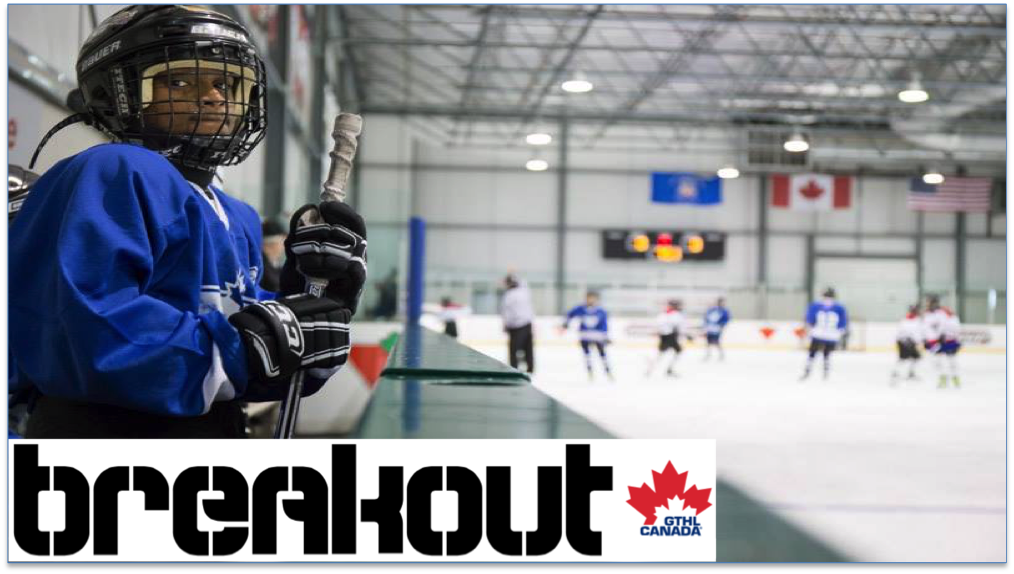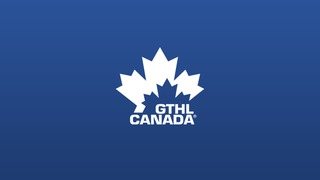By Scott Oakman
By its very nature, hockey can be an expensive sport. The equipment requirements alone are enough to make the average person reach for their cheque book – or I suppose, their credit card or mobile payment app of choice.
But the key here are the two words “can be.” Hockey at the house league level is an affordable option for families. Not only does it provide youth with regular physical activity, the “per experience” cost rivals that of most other recreational sports, including soccer and basketball.
House league organizations have done a tremendous job in making these programs affordable through the tireless hard work and dedication of volunteers paired with fundraising efforts that don’t require parents and families to pay out of pocket.
When it comes to competitive hockey, the increase in cost is in direct correlation to the level and age of participants. This is not unique to hockey, nor is it shocking. Elite athletes require more training, more specialized coaching and more opportunities to develop within their sport.
Unfortunately when the cost of hockey is discussed, house league is often painted with the same “expensive” brush as the highest levels of the competitive game.
According to a 2012 report released by Hockey Canada and Bauer Hockey, the number one reason children do not play hockey is cost. Is this because hockey is too expensive or because families think hockey is too expensive?
It’s true that costs are exceeding fundraising efforts in some organizations across Canada. The result? Families are asked to dig deeper to pay the difference. This doesn’t need to be the case. Simply put – we all should be working to make the game more affordable.
How do we do this? Who can help?
To make the biggest impact, we have to look at the largest costs.
As I mentioned at the outset, the cost of equipment is automatically puts hockey higher on the expense report compared to other sports.
Another area that separate hockey from its athletic counterparts is the surface on which the game is played.
The cost of ice usually covers anywhere between 70 to 80 per cent of expenses incurred by a hockey club, team or organization in a season. In the 2015 operating budget, the City of Toronto increased the cost of its ice by 7.25 per cent for all users. That means everyone forks over more cash for 50 minutes at the rink – figure skaters, ringette players, speed skaters, hockey programs and the Average Joe who covets that 11:45 p.m. Monday night timeslot. Everyone pays more.
This hike came on the heels of increases over the past four years, resulting in a total five-year spike to 28.8 per cent – an average of 5.76 per cent each season. These increases are well above the rate of inflation and significantly higher than changes imposed by surrounding municipalities.
This places City of Toronto ice among the most expensive municipal ice rentals anywhere in Canada.
The hard working volunteers in the house league community are doing their best to keep costs as low as possible amid all the hikes, but the time has come for decision makers at Toronto City Hall to play their part. If they place such a high priority on keeping children and youth active, they must do their part to support minor hockey. The current and future players and families of our game need them.
So, who can help? The landlords who control the fate of approximately 80 per cent of a team’s expenses each season.
Toronto has always strived to be a world-class city, to be number one. Let’s hope we don’t find ourselves topping the “most expensive ice in the world” list.







